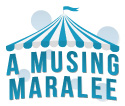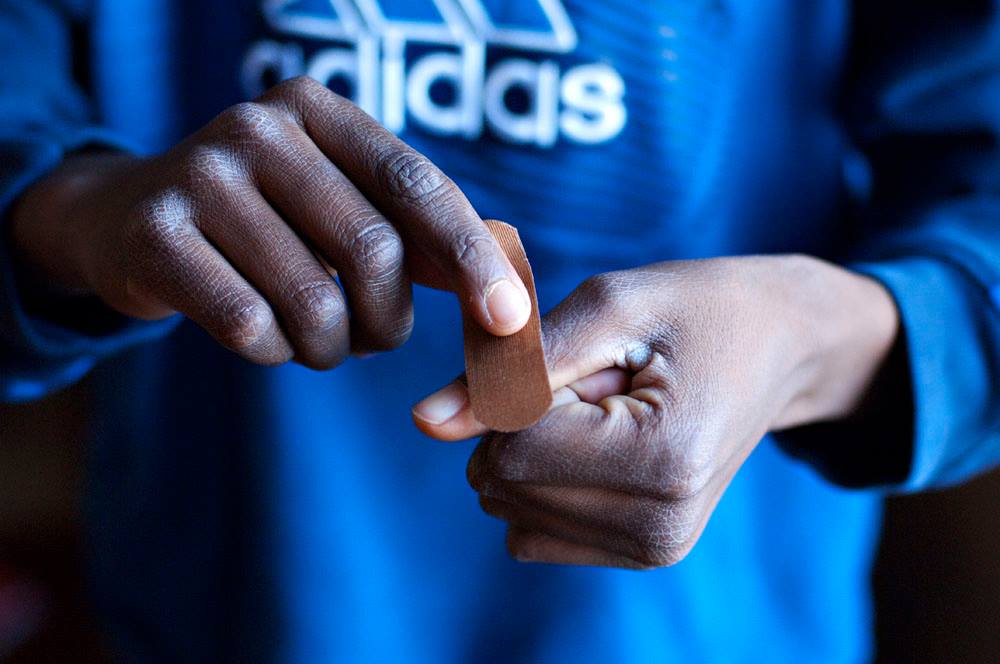I am well aware that the phrase “white privilege” gets under people’s skin. There are many articles out there to explain to you what is and what isn’t white privilege, so I’m just going to remind you that it does NOT mean all white people have it easier than all black people. It does mean that white is generally the default, the expected, the standard. And in no area is that more true than when it comes to hair and skin products.
I remember when my daughter was first placed with us and I didn’t know what kind of haircare products she would need. I did a bunch of research and went to my favorite store to grab what would work for her hair. And none of those products existed at the store that sold my favorite hair stuff. I was dumbfounded. And then I felt ashamed that I’d never realized this before. The Megastore that had aisle upon aisle of any potential product I could need did not carry any options appropriate for my daughter’s baby curls.
That was one of my first moments of consciously viewing white privilege in action (although I’d been living it my whole life). I can go to the store and know with 100% certainty there will be products there for me. Lots of them. But that is not the case for my kids of color. When that happens to you over and over again in lots of little and big ways you start to get the message that this culture is not for you. You are on the outside looking in.
I’m not going to get into the economic realities of why this might be the case (I get that if it were financially advantageous for a store to sell those products, they would. Maybe.), I’m just telling you that I’m learning if you consistently feel like you’re outside the “norm” this has an impact on you.
Lots of us want to create a more inclusive world, a place for our kids to grow up that says, “We see you and we value you!” to all children. I want to give you an idea of a little bandage you can put on the wounds of feeling like a cultural outsider. Like, a literal bandage.
About two years ago I discovered Tru-Color bandages. When I first bought these, they were only available online. I am THRILLED that they are now available at Target and are comparably priced to other bandages. They come in multiple shades meant to match different skin tones. I can’t tell you how excited my kids were to FINALLY have bandages that matched. My Liberian son wears the ones that come in the orange package and my Mexican, Native American and biracial kids wear the ones from the green package. No more wearing “flesh” colored bandages that don’t match your actual flesh. No more having to buy the cartoon character options once you’re long past the stage where that’s age-appropriate.
If you want to do one little, tangible thing to support kids of color, can you buy some of these bandages? Of course if you’re a parent of a kid who needs them, this is a no-brainer. But for the rest of you, can you buy some, too? Can you send them to your school? My son has often come home from school with a peach bandage on his brown arm and it hurts my heart a little. Can you imagine if you’re a refugee family (we have lots of refugee kids in my community) and your child got injured at school and came home with a bandage that matched his skin? What would that say to you about how your school values and cares for your child? What would it mean if you had these available at the VBS your church does or in your church first-aid kid? If your friend is taking in foster kids, could you be the one to buy a package of matching bandages for her child? Could you bring these to a friend’s adoption shower or to pack in her bag as she heads overseas to bring home a child? Could you send these on a mission trip or donate them to an after school program or shelter in your area? If you provide daycare for a child who could use these, how about investing in them for those little accidents and emergencies?
It’s just too easy to say these problems are too big for us to solve. They ARE big. But what can you do? Can you affirm the dignity and beauty of someone else’s literal skin by being sure “flesh colored” actually means “flesh colored” for them? Can you take a little step towards building a bridge and can you do it with a bandage? I think you can.


One Comment
Leave a reply →